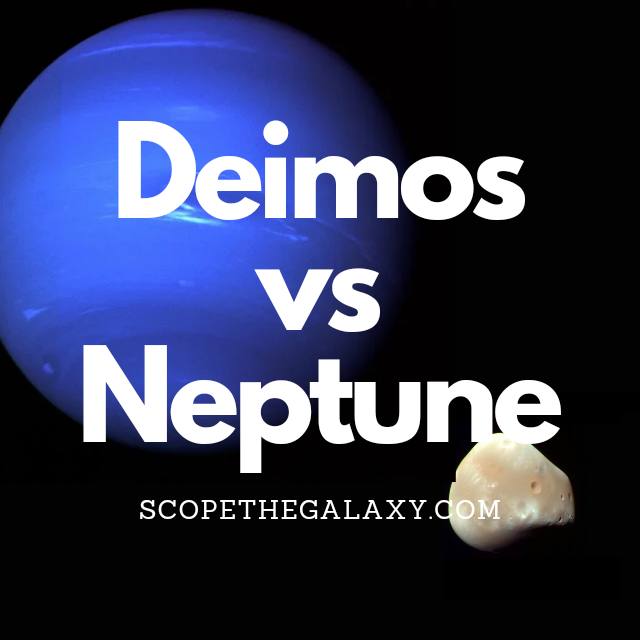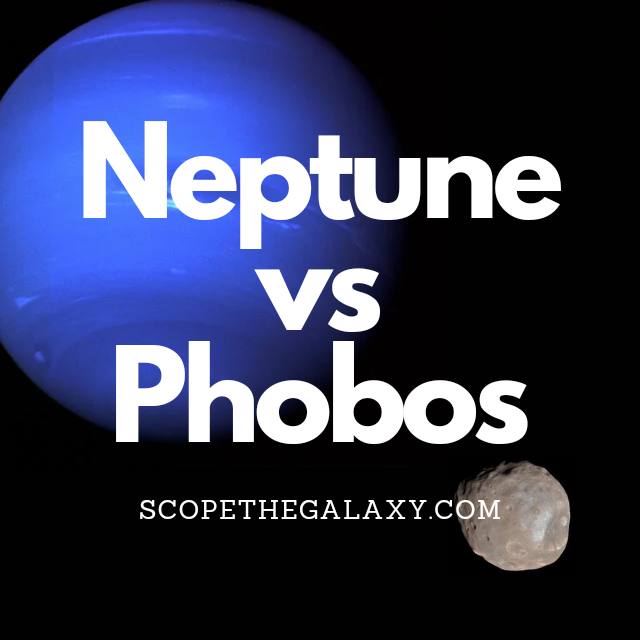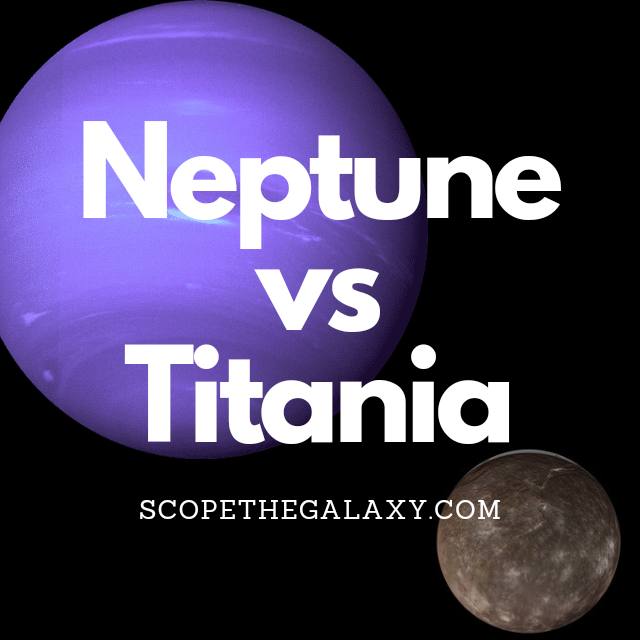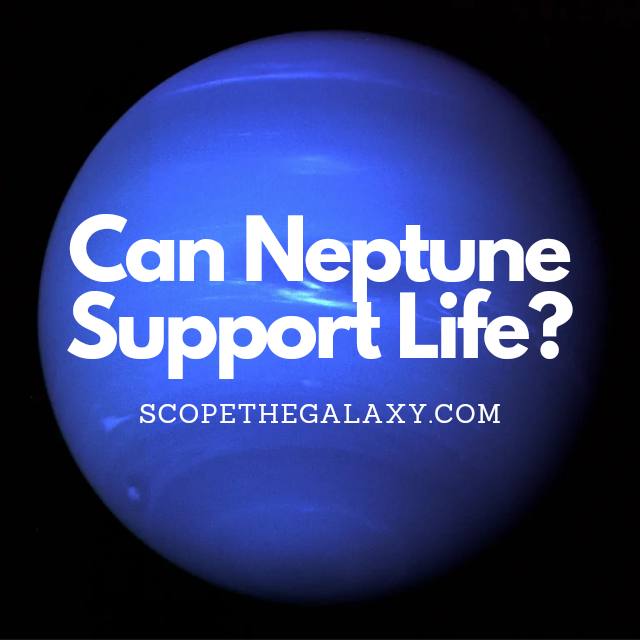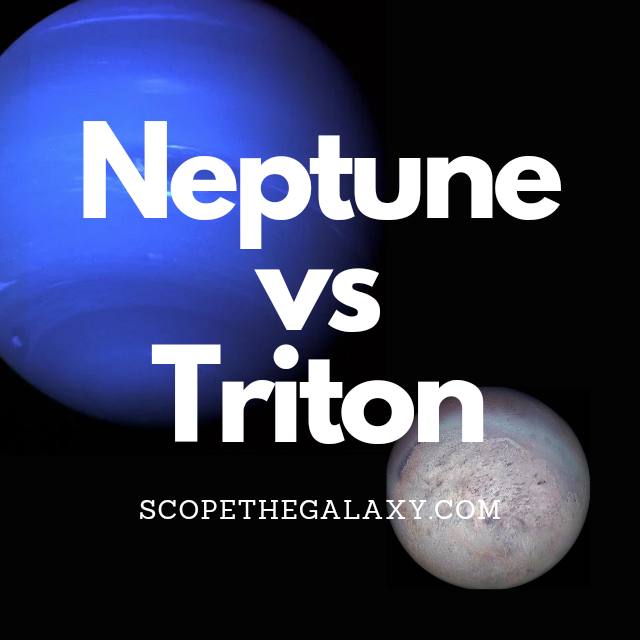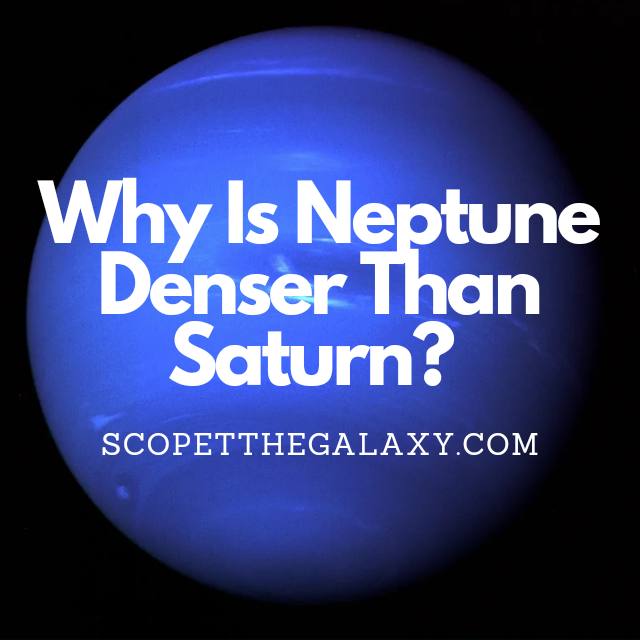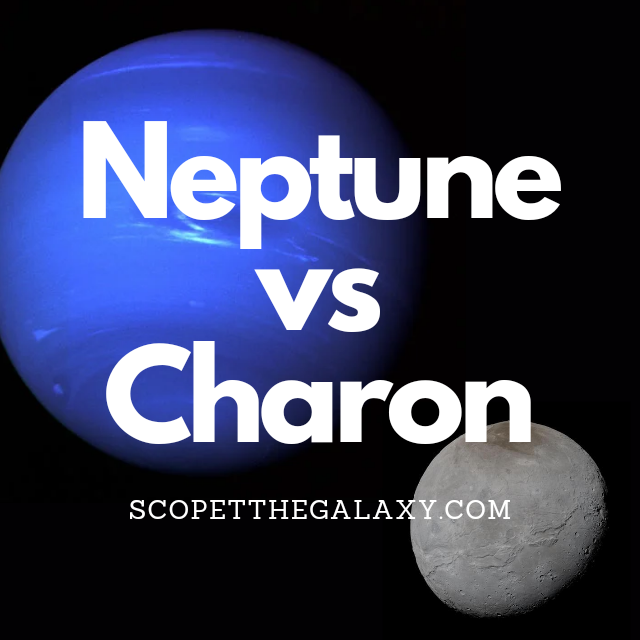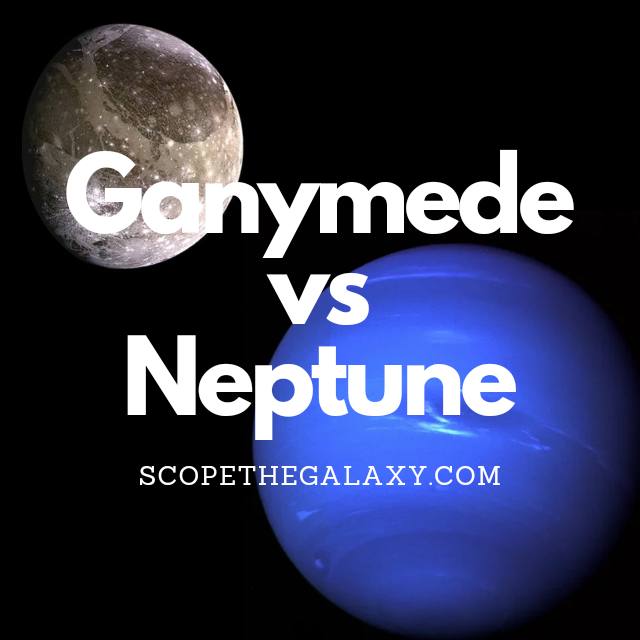Deimos vs Neptune (How Are They Different?)
The main differences between Deimos and Neptune are that Neptune is a gas based giant while Deimos is a natural satellite, Neptune is far bigger with a diameter of 49,244km while Deimos’ is 12.4km and Neptune has 14 other moons orbiting it while Deimos is one of 2 moons that orbits Mars. There are various … Read more

